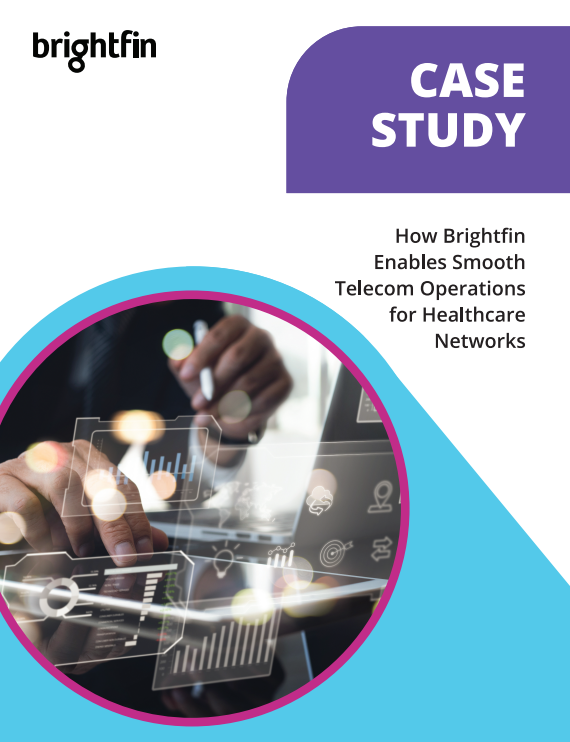Mobile Management Defined
Mobile device management (MDM) is a system that organizes the management of an enterprise’s entire mobile estate, including all services necessary during the lifecycle of mobile devices. These devices include smartphones, laptops, tablets, field service equipment, and wearables. With new products and applications entering the business world each passing year, this mobile ecosystem continues to grow increasingly more complex. This in turn makes its management a larger and more pressing problem. In-house systems can’t keep up.
An effective mobile management program works toward automating hundreds of processes and workflows, allowing teams to focus more on initiatives that can help their company be more strategic in their mobile use. It gathers and analyzes data streams coming from devices and applications, bringing the most critical information to the forefront in real-time. This data ideally should integrate with an existing technology expense management system to allow higher-level management of all technological data to take place. Currently, brightfin is the only service that integrates mobile management as part of the ServiceNow platform.
The benefits of an effective mobile management program are threefold. The first is a reduction of manual labor to manage mobile assets, including maintaining service and support for the device. The second is real-time, accurate collection, and analysis of data to enable teams to make timely strategic decisions. The third is maximizing cost savings through continuous optimization.
Key Issues Mobile Management Can Solve
One of the most frustrating elements of managing mobile assets is that the end-user, the employee, traditionally has little control over the process. If they need a new mobile phone, they must request a replacement device through facilities. That request becomes a ticket for acquisitions. The request must be approved by management and by finance. Then, the device must be connected to a service provider before it finally reaches the employee. Should there be a problem, the employee must go through another series of steps before resolving the problem.
With MDM, it allows the end-user to self-service their needs through an automated system dialogue. This allows them to manage their own mobile device within the companies guidelines as well as allowing the company to ensure appropriate usage and predictable costs.
Another issue is the ability to incorporate Bring Your Own Device (BYOD) and Choose Your Own Device (CYOD) flexibility into this management system. With a traditional system, often users of less represented hardware, such as Android users vs. iOS, don’t have the same support or tools. With a mobile management system in place, BYOD end-users can have the same workflows and tools made available to them.
Mobile Enterprise Systems
The attitudes and expectations of the workforce have changed. Not too long ago, mobile devices used to be a tool reserved for only a handful of people in roles that required immediate decision-making and round-the-clock connectivity. Since then, employee expectations have risen and they have voiced a need for greater autonomy, personalization, and collaboration, all while simplifying needlessly complex tasks such as asset acquisition, as explored above.
Another significant transition in today’s mobile workforce is the ability to choose where and when they work. Providing devices enables this workforce to stay in contact and can often mean greater productivity and faster responses to urgent situations and questions. This workforce also has strong preferences about which devices they use, especially when considering smartphones. By utilizing a mobile management system, it makes it easier to allow them to make these decisions without negatively impacting the company. Also, when an employee uses a device that they are comfortable with, they perform better.
Allowing this amount of freedom introduces problems that a mobile management system platform is engineered to solve. With a common platform, it ensures that all employees, regardless of which preferences they have, can access the same information and transmit work-related data back.
Strategic Components of Mobile Management
Six key components make up mobile management. Each of these represents broad issues that are difficult to tackle independently and are areas where a management system can make a world of difference.
- Business intelligence: Up-to-the-moment data visualization to enable strategic business decisions.
- Mobile expense management: The ability to audit, allocate, and optimize device and service costs.
- Ownership agnostic toolset: A single platform to manage all ownership models including CYOD, BYOD, leased, and corporate-owned.
- Intelligent support: Ability for end-users to self-service problems.
- Modern communication channels: Make transactions easier through intelligent chatbots and other tools.
- Compliance/Security management: Integrates with UEM to improve compliance.
brightfin Makes a Difference in Mobile Management
brightfin takes a modern, software approach to MDM that extends the ServiceNow Platform to simplify and streamline mobile asset, expense and service management. To learn more about brightfin’s mobile solutions, contact us today!



